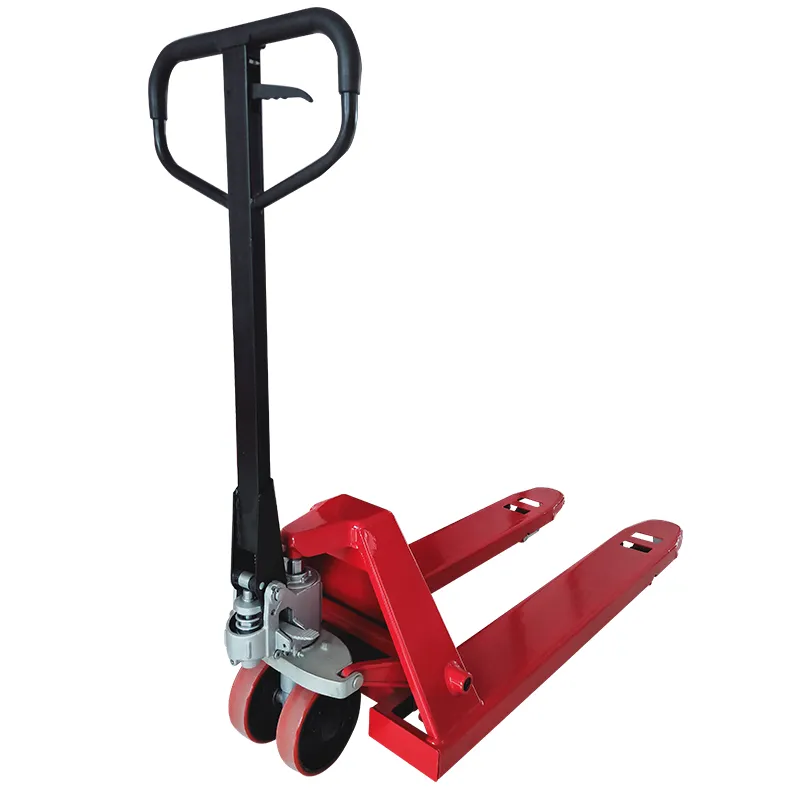


Understanding the Working Principle of Chain Hoists
Chain hoists are essential tools in various industries, employed for lifting heavy loads with ease and efficiency. They are commonly used in construction, manufacturing, shipping, and even in households for moving heavy items. Understanding the working principle of a chain hoist is crucial for safe operation and effective application.
What is a Chain Hoist?
A chain hoist is a type of hoisting equipment that uses a chain as the lifting medium. It consists of a simple mechanism to lift or lower loads vertically. The main components include the chain, a pulley system, and a lifting mechanism usually powered manually or through an electric motor.
Chain hoists can be classified into two primary types manual and electric. Manual chain hoists require the user to pull the chain to lift the load, whereas electric chain hoists utilize an electric motor to perform this task, significantly reducing labor effort and increasing the speed and efficiency of lifting operations.
Working Principle
The fundamental working principle of a chain hoist revolves around leverage and mechanical advantage. When the chain hoist is employed to lift a load, the force applied by the operator or the electric motor directly affects the load being lifted.
1. Chain Mechanism At the core of the chain hoist lies a chain that is looped around a series of pulleys. As the operator pulls the chain, the looped mechanism distributes the weight of the load. The chain engages with a ratchet mechanism within the hoist, preventing the load from slipping back down when the lifting action is paused.

2. Pulley System The pulley system plays a critical role in modulating the force. The configuration of the pulleys determines the amount of load that can be lifted against the effort applied. A simple principle of physics states that through leveraging, a smaller effort can lift a heavier load if appropriately configured with pulleys.
3. Mechanical Advantage The concept of mechanical advantage comes into play, allowing a user to lift weights that would typically be impossible to handle manually. For instance, using multiple pulleys can significantly reduce the effort needed to lift a heavy load. The number of chains or ropes used in tandem can be increased, effectively distributing the weight and reducing the pull required.
4. Load Chain and Hand Chain In a manual chain hoist, there is typically a load chain and a hand chain. The load chain is the one that directly lifts the load, and the hand chain is what the operator pulls to raise or lower the load. The increase in the number of links in the load chain results in a rise in the lifting capacity of the hoist.
Safety Considerations
When operating a chain hoist, it is paramount to follow safety protocols to prevent accidents and ensure the safety of personnel and equipment. Some key safety considerations include
- Proper Load Rating Always ensure that the load being lifted does not exceed the rated capacity of the hoist. - Regular Inspections Regularly inspect the chain, pulleys, and other components for any signs of wear or damage. - Correct Setup Ensure that the hoist is set up correctly and securely, particularly if used at heights. - Use of Safety Gear Operators should wear appropriate safety gear like hard hats and gloves while using a chain hoist.
Conclusion
Chain hoists are invaluable tools that facilitate the lifting of heavy loads in various settings. By understanding the fundamental working principles behind their operation—leveraging chain mechanisms, pulleys, and mechanical advantage—users can operate them safely and efficiently. With proper maintenance and adherence to safety measures, chain hoists can significantly enhance productivity and safety in any lifting operation.



